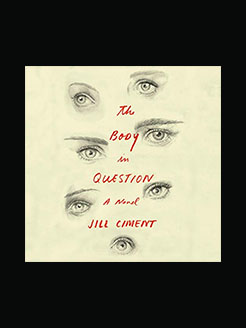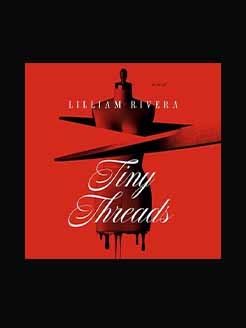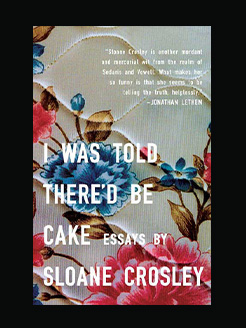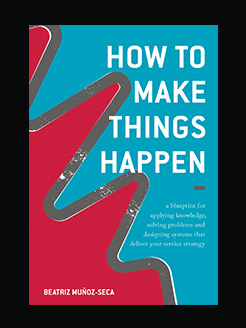Published in 1999
272 pages
Frederica Sagor Maas, who celebrated her 99th birthday on July 6, 1999, lives in La Jolla, California. She participated in the transition of silent film to the days of sound and then color. She also lived through two world wars, the Depression, the McCarthy era, and eighteen different U.S. presidencies.
What is this book about?
Freddie Maas’s revealing memoir offers a unique perspective on the film industry and Hollywood culture in their early days and illuminates the plight of Hollywood writers working within the studio system. An ambitious twenty-three-year-old, Maas moved to Hollywood and launched her own writing career by drafting a screenplay of the bestselling novel The Plastic Age for “It” girl Clara Bow. On the basis of that script, she landed a staff position at powerhouse MGM studios. In the years to come, she worked with and befriended numerous actors and directors, including Norma Shearer, Joan Crawford, and Eric von Stroheim, as well as such writers and producers as Thomas Mann and Louis B. Mayer. As a professional screenwriter, Frederica quickly learned that scripts and story ideas were frequently rewritten and that screen credit was regularly given to the wrong person. Studio executives wanted well-worn plots, but it was the writer’s job to develop the innovative situations and scintillating dialogue that would bring to picture to life. For over twenty years, Freddie and her friends struggled to survive in this incredibly competitive environment. Through it all, Freddie remained a passionate, outspoken woman in an industry run by powerful men, and her provocative, nonconformist ways brought her success, failure, wisdom, and a wealth of stories, opinions, and insight into a fascinating period in screen history.







